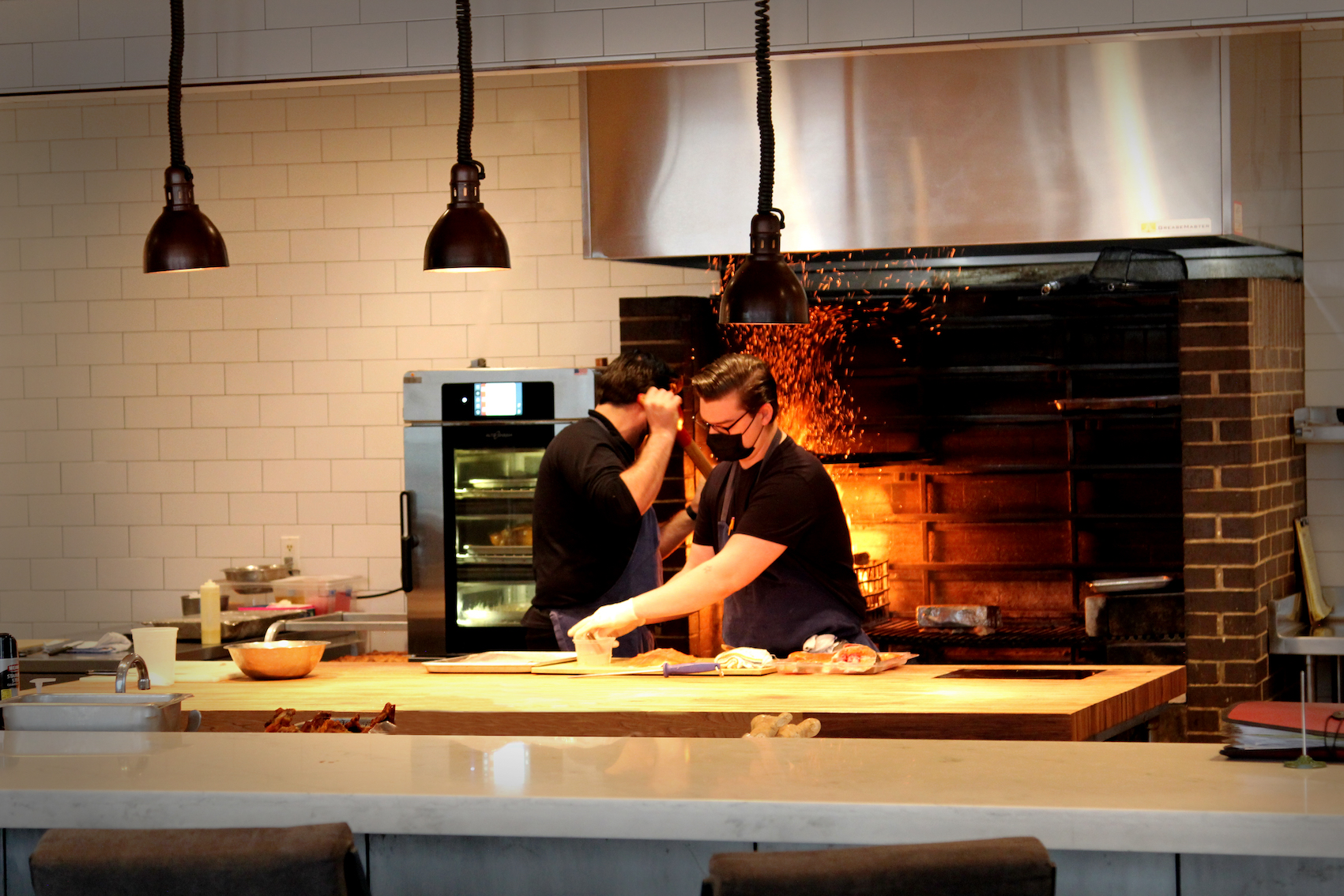
The layout of a professional kitchen must abide by the rules of space and necessity. However, even the smallest of professional kitchens can maximize efficiency when the layout is done right. Operators need a design mindful of energy costs, workflows and multi-functionality. Here are four things to consider when designing a professional kitchen.
1. Use the menu as a guide
First, it’s important to consider how much space needed to dedicate to the kitchen, especially as it pertains to the restaurant or catering menu. There’s no “right” way to design a kitchen; however, it should be a versatile area that serves the operator’s specific needs. Generally, at least 25% of the entire space should be devoted to the kitchen, and perhaps as much as 35%. For example, if the restaurant will be cooking food from scratch, they will need plenty of prep space to get ingredients ready.
2. Optimize to save space
When sketching a design with limited space to work with, kitchen appliances that offer flexibility in food preparation and have multiple functions are essential. For example, ovens like Alto-Shaam’s latest ProdigiTM combination ovens can steam, bake, smoke, fry, roast, grill, and much more. With one flexible piece of equipment, the need for single-purpose ovens is eliminated – freeing up space for more useful appliances. Moreover, operators can reinvent their menu and rely on the same combi oven to produce food, without compromising on quality.
Other pieces of equipment that can replace or relieve other equipment in the kitchen are Converge® and Vector® multi-cook ovens. These ovens can air fry, bake, grill, and more, with up to four independent cooking chambers that operate at different temperatures, fan speeds, and cook times. This allows operators to increase throughput and serve more out of each batch. These countertop models are ideal for achieving the widest variety of menu applications while in a compact, ventless footprint.
3. Design kitchen zones
When brainstorming layout, consider where deliveries are coming from, where food will be stored, and where the main kitchen area will be. There should be enough space for prep, dishwashing, production, and service. This phase of the design process is all about asking questions. How will food be staged? Do they need a heated holding cabinet for cooked food storage? What do they want out of sight from the customer? Visualizing each area before making big-ticket purchases helps ensure the design is functional everywhere.
4. Create a flow pattern
As kitchen zones are mapped out, it’s also crucial to estimate the flow of foot traffic in each space. Before buying a new oven or prep station, we recommend measuring the aisle width with the station installed – especially if it’s set in a back-to-back workspace. By imagining the daily movement of a given employee on the line, you can also design a layout that avoids potential bottlenecks and reduces cross-traffic. An oven that operates with ventless technology can also help with flow by being able to be placed virtually anywhere on the line.
To learn more, attend A Taste of Alto-Shaam demonstration near you.
